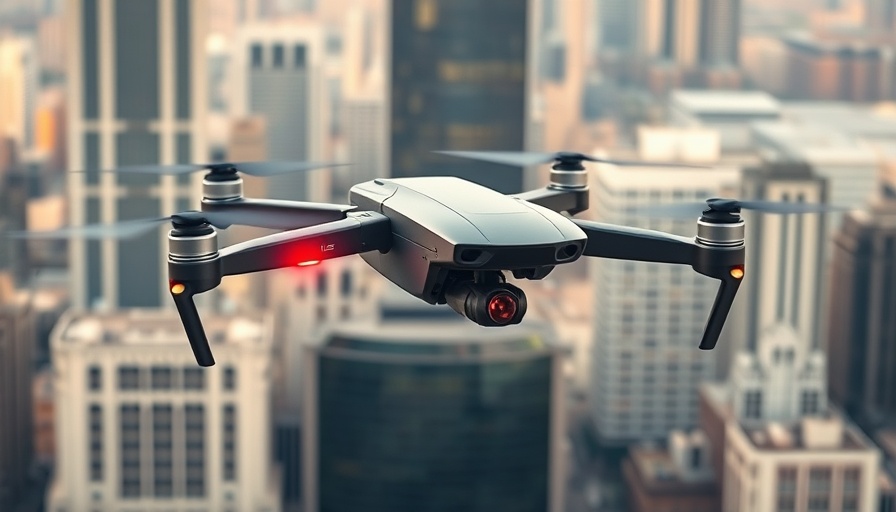
Revolutionizing Emergency Response: The Rise of Police Drones
Imagine calling 911 only to be assisted by a drone buzzing overhead, equipped to handle emergencies in places inaccessible to traditional vehicles. This is becoming a reality thanks to the 25-year-old Blake Resnick and his Seattle-based startup, Brinc Drones. Recently, Brinc announced it secured $75 million in investment led by Index Ventures, bringing its total funding to an impressive $157.2 million. This financial backing not only fuels the growth of Brinc but also highlights a rapidly evolving sector within the tech landscape dedicated to public safety.
A Competitive Drone Market Emerges
Brinc is not alone in the drone industry, particularly when it comes to providing solutions for law enforcement and public safety. The U.S. market is seeing gradual shifts away from reliance on Chinese manufacturers, resulting in opportunities for American companies to establish themselves. Other players in the space include Flock Safety and Skydio, both boasting significant valuations—with Flock at $7.5 billion and Skydio at $2.2 billion. Compteting in such a lucrative market poses challenges; however, Resnick expresses confidence in Brinc’s unique features. The company’s drones come equipped with capabilities like breaking windows and delivering emergency medical supplies, setting it apart from competitors.
Strategic Alliances: The Future of Drone Integration
With the new funding, Brinc has formed a strategic partnership with Motorola Solutions. This collaboration aims to enhance the integration of Brinc’s drones into the emergency response workflow, directly connecting drone dispatch capabilities to 911 call centers powered by Motorola software. This initiative suggests a future where drones assist in emergencies, potentially reducing response times significantly. The implications for public safety could be profound, as drones might get eyes on a situation before traditional emergency responders can arrive.
Domestic Manufacturing Trends Shaping the Sector
The recent funding rounds and partnerships reflect a broader trend within the U.S. tech ecosystem where domestic manufacturing is gaining importance. Increasingly stringent regulations against major Chinese firms like DJI are prompting companies to develop homegrown alternatives. This shift not only supports national security interests but also strengthens the economic capabilities of U.S. tech startups, heralding a new era of innovation.
Understanding the Social Impact and Future Potentials
As drone technology integrates into police operations, questions arise about privacy and ethical considerations. The potential for drones to survey and monitor public spaces raises concerns among civil rights advocates who fear overreach. However, if employed responsibly, these drones can enhance public safety by providing real-time data to first responders.
Conclusion: The Road Ahead for Brinc Drones
Blake Resnick’s ascent in the tech world symbolizes the possibilities that arise from youthful innovation. The funding Brinc has amassed positions the startup well within a competitive landscape, but it will need to continuously innovate in order to carve out its niche further. As we monitor the developments in this sphere, one thing is certain: the future of emergency response is likely to involve a significant aerial component.
 Add Row
Add Row  Add
Add 




Write A Comment